Capital: Dodoma
Superficie: 945.087 km2
Inhabitants: 58.005.463 inhabitants (2019)
Population density: 61,38 inhabitants per km2.
Languages: The main language of Tanzania is Swahili, although many people in cities or touristic areas also speak English. To learn more about Swahili, you can read the following link.
Currency: The country’s official currency is the Tanzanian Shilling (TSH). At the change, 1 euro is 2,760 TSH. You can look at the current change, in the following link.
Climate:
Road driving: During this first part of the trip, we did not use our own car because it was still on the way to Mombasa. In Zanzibar, the roads were in good condition, while if you want to go on safari through the parks of northeastern Tanzania it is essential to use a 4×4. The roads between the main cities (Arusha-Moshi-Tanga-Dar or Arusha-Mkwanza) are paved and in good condition. Later, we will inform you about the western part of Tanzania.
Internet / SIM card: Tanzania is a huge country where we find the famous Zanzibar, with many tourist offers where you will easily have wifi. Then, we find a very large area of national parks with little coverage, and other parts of the country such as Lake Tanganyika, Lake Victoria or the Usambara Mountains where you will have coverage at certain points. For this reason, we recommend buying a SIM card. In our case, we bought one from the Zantel company. You can get it from some of the sellers who are under an umbrella or with clothes with the company name. Some will try to sell you the card for a higher price than normal. We paid 10,000 TSH (about 3.75 euros in exchange) for the SIM card and 10,000 TSH for a 10 GB data plan.
Visa: To travel to Tanzania as a tourist, you will need to request a visa that you can process online at the following link. For those who wish to travel to Tanzania for a stay of less than 90 days and for a single entry into the country, the price of the Visa will be 50 USD. If you want to apply for multiple entries, you will also have the option to do so for a cost of 100 USD and a one-year visa, but where you will only be allowed a maximum stay in the country of 3 months each time. For those who are just passing through Tanzania, there is the option of a transit visa that gives you a maximum of 7 days to cross the country. To obtain this visa, you will need to show proof that you are going to the destination country and make a payment of 30 USD. We processed the 50 USD visa online, and when we re-entered the country through the Ugandan border (in order to go to Zambia) we were told that we had 7 days to cross the country but we were not they asked for no payment. We understand that since we were in that 90-day period from first entry, it was not necessary to pay for the transit visa, but it did seem strange to us.
Budget: In total, we spent 20 days in Tanzania and spent a total of 1,860.92 euros per person. Tanzania is the most expensive country we have been to during our trip to Africa. It is a country with a large presence of mythical national parks such as the Serengeti or the Ngorongoro, but with the highest entrance prices we have found (in each article on the different points of interest in the country we have also marked a section with the prices for take that into consideration). We visited these parks and Zanzibar, and the budget also includes the internal flights we took from Stone Town to Arusha. Here’s a breakdown of all the expenses in Tanzania:
WHAT TO SEE IN TANZANIA?
Zanzibar is an archipelago that combines paradisiacal beaches, African life and a very recent historical event: the main slave market in East Africa during the 19th and early 20th centuries and which is located in Stone Town, the capital of the island. We recommend that you travel around the island to visit the town of Nungwi and the seaweed collectors of Jambiani, walk through Jozani Forest or snorkel on the island of Mnemba; while talking to the locals to discover that Zanzibar is different than Tanzania: they are proud to be from one of the most beautiful islands to visit in the Indian Ocean.
This park, located in the northeast of Tanzania, is one of the most photographic parks in Tanzania. It is a park that combines the presence of wild fauna such as leopards, impalas, lions, giraffes and a large number of elephants; with a large number of one of the most iconic and majestic trees in Africa: the baobabs. Driving into the paths of the Tarangire among animals and baobabs is one of the best experiences you can do in Tanzania.
The Serengeti is one of the most important and well-known parks on the planet where you can enjoy a fantastic safari in an endless plain full of wild animals. An iconic place, with a large concentration of lions and home to a large number of wild fauna such as leopards, cheetahs, hippos, elephants… In addition, there you can live one of the most impressive natural shows that happens in the eastern part of the park between July and October: the great migration of wildebeest and zebra to the Masai Mara (Kenya) in search of better pastures and their return to the Serengeti. One of the best places in the world to still see animals in the wild.
The Ngorongoro Crater is one of the largest calderas in the world and one of the most spectacular places to visit and enjoy a unique landscape. Located 90 kilometers south of the Serengeti, it is a space full of herds of buffalo, zebras, wildebeest, birds and also lions, leopards (more difficult to see them), elephants and black rhinos that live in a privileged place in the middle of water and pastures and surrounded by mountains. Inside, you will feel like a privileged spectator of a crater full of life. One of the most spectacular places in Africa and one that you will remember for a lifetime.
Lake Eyasi is a lake with alkaline and seasonal waters (in the rainy season it fills with water, while in the dry season it is completely empty) where different tribal groups coexist around it such as nomadic fishing villages, the Datoga or the Hadzabe. Located to the west of the Ngorongoro reserve, it is a very interesting visit to get to know and understand more closely and anthropologically different tribal groups that still keep their traditions alive. And, above all, to make you many reflections on modernity, lifestyles and traditions.
The Usambara Mountains are a still hidden gem of Tanzania. Located between Tanga and Moshi, there are mountain ranges where live more than 120 villages that make this place the essence of rural Tanzanian life, where the locals are very hospitable. You will feel in permanent contact with nature, with fantastic viewpoints to watch the sunset, hidden waterfalls, protected forests full of chameleons and clay paths that go up and down through one of the most beautiful places to discover in Tanzania.
7.- LAKE MANYARA
This national park stands out for the presence of its alkaline lake. During the rainy season, the lake covers about 200 square kilometers, but disappears almost completely during the dry season. It stands out for its changing landscapes located under the mountains of the Rift Valley and very close to other National parks such as the Serengeti or the Tarangire or the Ngorongoro reserve. In Lake Manyara we find more than ten different ecosystems and, during the rainy season, the shore of the lake is filled with flamingos. During the dry season, it is more difficult to see animals.
8.- LAKE NATRON
Lake Natron is an endorheic salt lake located in the Great Rift Valley, near the Kenyan border and southeast of the Serengeti, only about 50 centimeters deep. It is located next to the Oldoinyo Leng’ay volcano (mountain of god), considered sacred by the Maasai. The waters of Lake Natron are dyed red by algae blooms. It is one of the ideal places to see flamingos and then continue the visit to the Serengeti entering through the access of Klein ‘s Gate.
9.- MOUNT KILIMANJARO
Kilimanjaro, also known as the shy mountain (its crater can only be seen on totally sunny days), is the highest mountain in Africa. At 5,895 meters, there are many climbers who climb this volcano to observe from the roof of Africa a mixture of landscapes, contrasts and textures such as the sunrise with the icy slopes that make it a very special mountain. From Moshi, you will find many agencies that make the ascent in about 4-6 days, and then combine it with a safari in northeastern Tanzania.
10.- UDZUNGWA MOUNTAINS
The Udzungwa Mountains are one of the most important areas in Tanzania for the high level of biodiversity of birds and animals. Located in mountain ranges that cross the southern part of the country, it is made up of endemic forests that are very important for the presence of animal life. Currently, we find 12 species of primates, including two that are unique in the world such as the Sanje Mangabey and the Iringa Red Colobus. It also houses more than 400 species of birds, making it one of the most spectacular places for fans of ornithology. It also has different waterfalls, among which the Sanje Falls stands out, and different mountain peaks (between 200 and 2,000 meters of altitude) that make it a hiking paradise.
11.- SELOUS RESERVE
The Selous Reserve is one of the largest remaining wilderness in Africa, with intact wildlife and habitats. Located in the southeast of the country, this reserve is very important for the conservation of African species, as it has a great diversity of wild fauna and a great variety of vegetation types, including rocky hills lined with acacia, groundwater forests, swamps, lagoons and lowland rainforest. The area is so vital that it has been protected as a UNESCO World Heritage Site. It stands out for the great presence of lions and cheetahs and for the great presence of fauna around the Rufiji River.
12.- TANGANYIKA LAKE and MAHALE MOUNTAINS NATIONAL PARK
Lake Tanganyika is considered the second largest lake in East Africa, the second deepest lake in the world (behind Lake Baikal in Russia) and the second longest freshwater lake in the world. With an area of 660 kilometers, it is located in western Tanzania. A part of the lake is surrounded by the Mahale Mountains, turned into a national park by the great presence of animals that can be seen. It is considered one of the best places to see chimpanzees in the wild in Africa. A park with little presence of tourists and that can only be reached by plane or boat, and that make your visit an experience and a destination that you will surely remember for a long time.
13.- GOMBE NATIONAL PARK
Considered the smallest park in Tanzania with 52 kilometers of forest along the hills on the eastern shore of Lake Tanganyika, this park is best known as the place where Jane Goodall began researching the behavior of chimpanzee populations. Today, it has become a center for the study of these primates and a place to stop and learn more about these animals with which we share around 98% of our genes. You can also see 200 species of birds in this park that you can visit in one day from Kigoma.


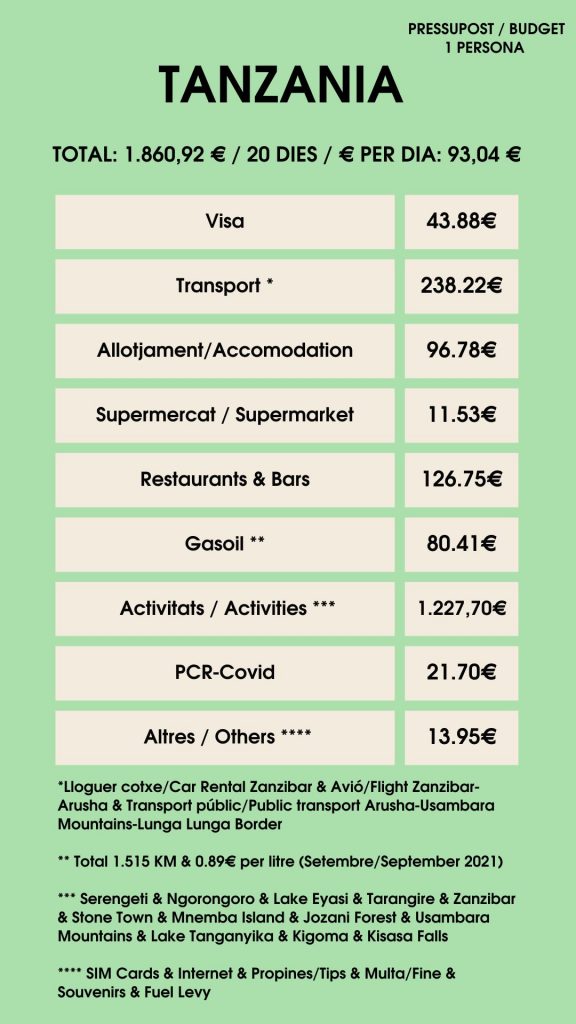
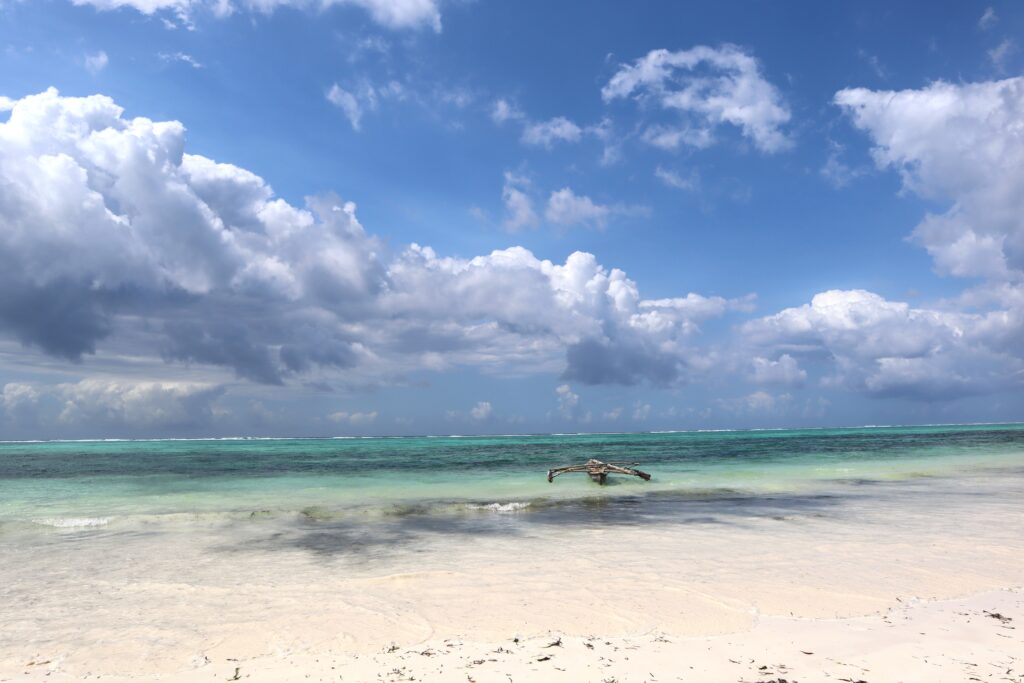
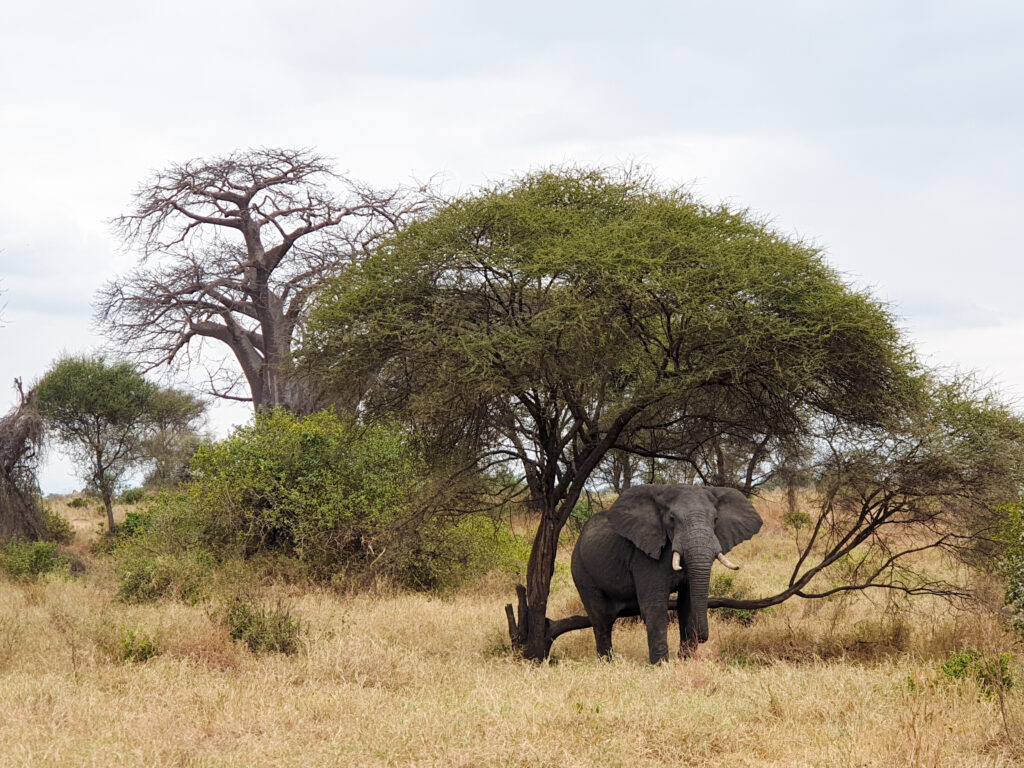


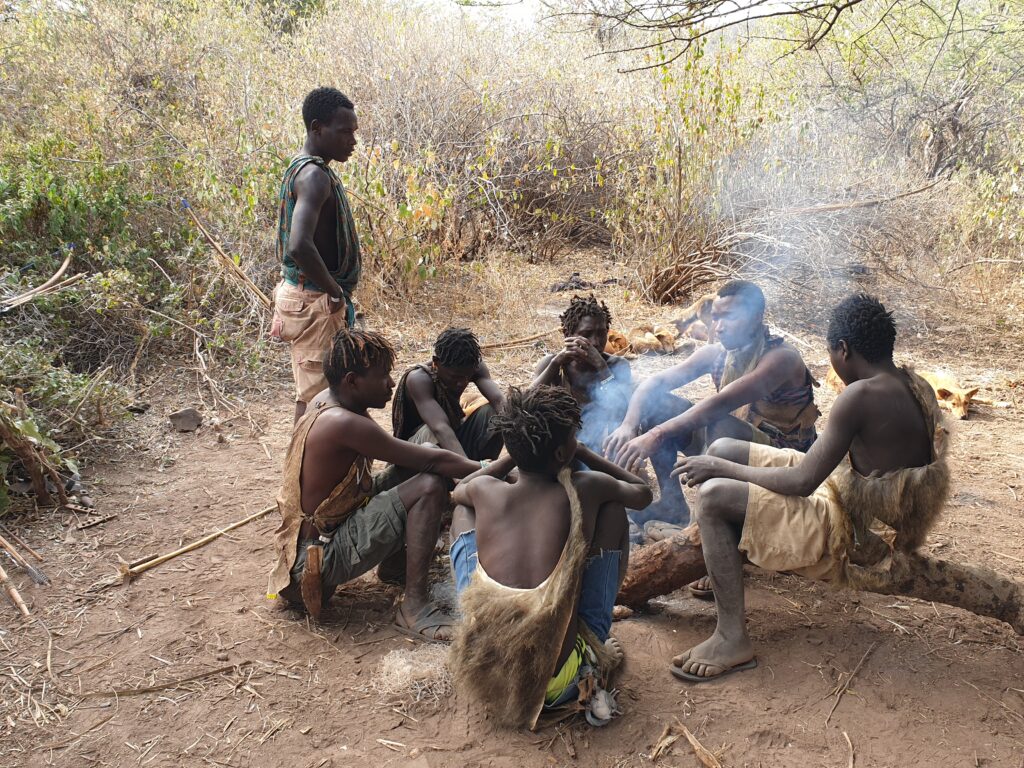

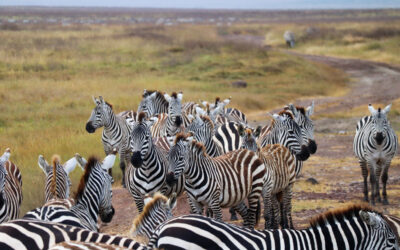

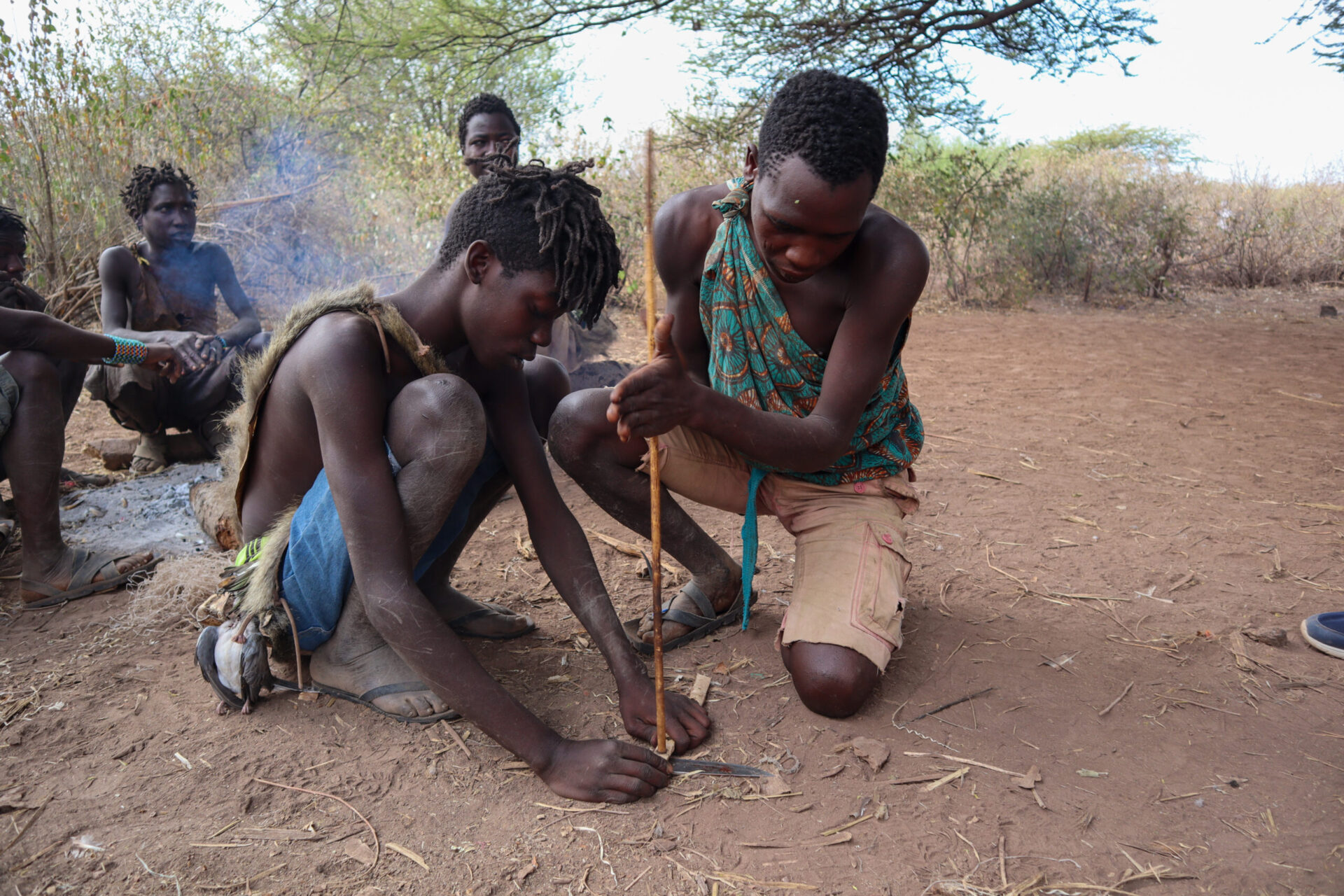
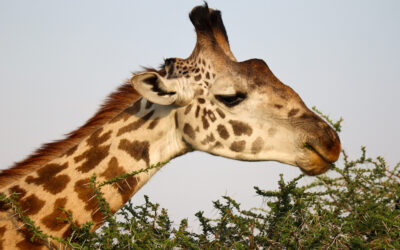
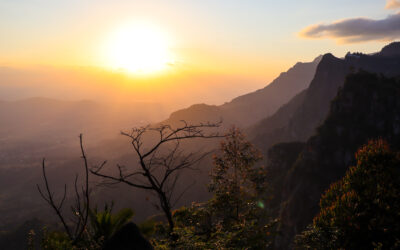
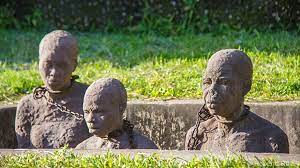

0 Comments